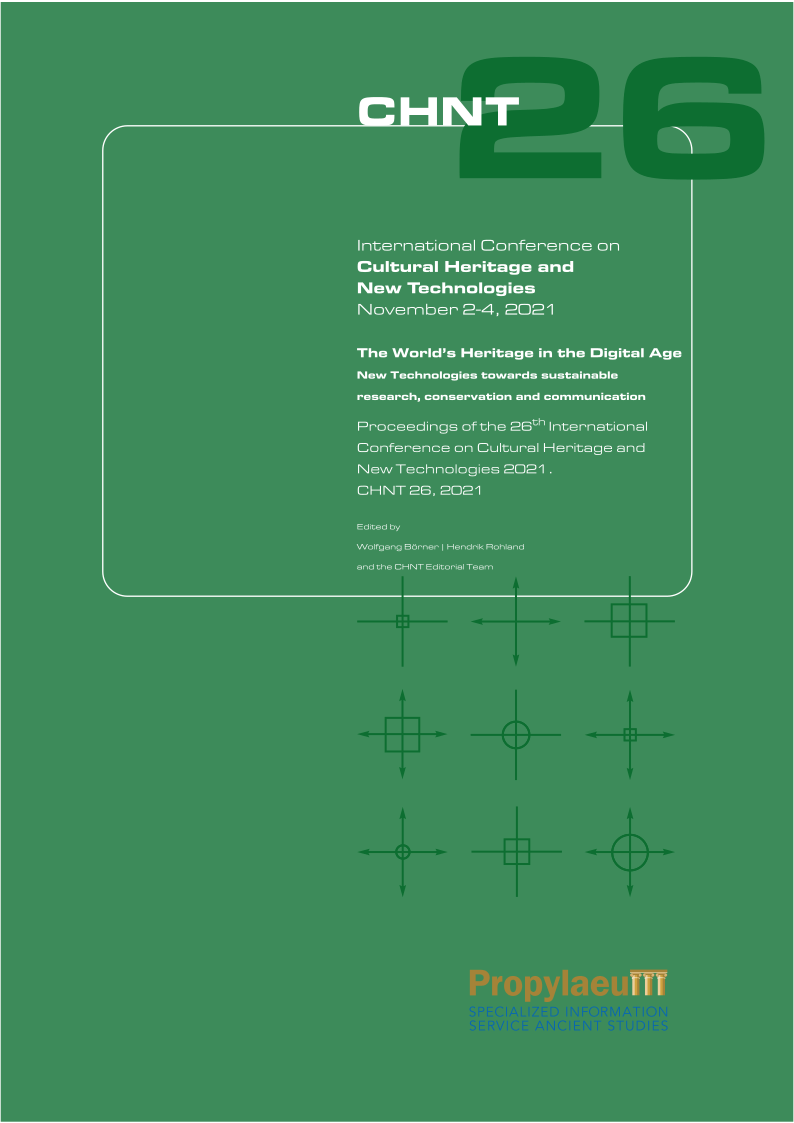3D modelling of the castle Neu-Wildon
Applying drone-based photogrammetry, terrestrial photogrammetry and terrestrial laser scanning – a comparative study
Keywords:
Laser scanning, UAV, Photogrammetry, Neu-Wildon, Digital Twin, ReconstructionAbstract
3D technologies, such as photogrammetry and laser scanning have become an integral part of the preservation of cultural heritage sites. Due to the wide segment of users of these technologies, the quality of the derived 3D datasets has become a real issue and is often subjected to huge variations in accuracy and resolution.
In 2021 the vegetation on the site of Neu-Wildon was removed for extended conservation work, which was a unique opportunity for the documentation of the castle remains in 3D for the first time. At this site terrestrial and drone-based photogrammetry as well as terrestrial laser scanning have been applied by geodetic experts. In this paper the quality of the derived datasets for each technology is evaluated and their limitations are discussed.
Additionally, the usability of the 3D technologies and the derived 3D models for building research is demonstrated at the example of the virtual reconstruction of the appearance of the castle Neu-Wildon at the end of the 16th century.
References
Baravalle, R. (1961). Burgen und Schlösser der Steiermark, Leykam Buchverlagsgesellschaft m.b.H, pages 188-193, ISBN: 3-7011-7323-0.
Piper, O. (1902). Die Burgen der Steiermark, Winkler-Hermaden Verlag, pages 162-166, ISBN 978-3-9503739-8-1.
Fritzberg, H. (1993) Die Burgen Wildon und Neuwilon, Zwitschrift des Historischen Vereines für die Steiermark, Jahrgang 84, pages 40-51.
Downloads
Published
Conference Proceedings Volume
Section
License
Copyright (c) 2025 Peter Bauer

This work is licensed under a Creative Commons Attribution-ShareAlike 4.0 International License.
The CHNT older Proceedings are licensed under the creative commons license CC BY-NC-ND 3.0.
From the issue 26 on, they will be licensed under the creative commons license CC-BY-SA 4.0


